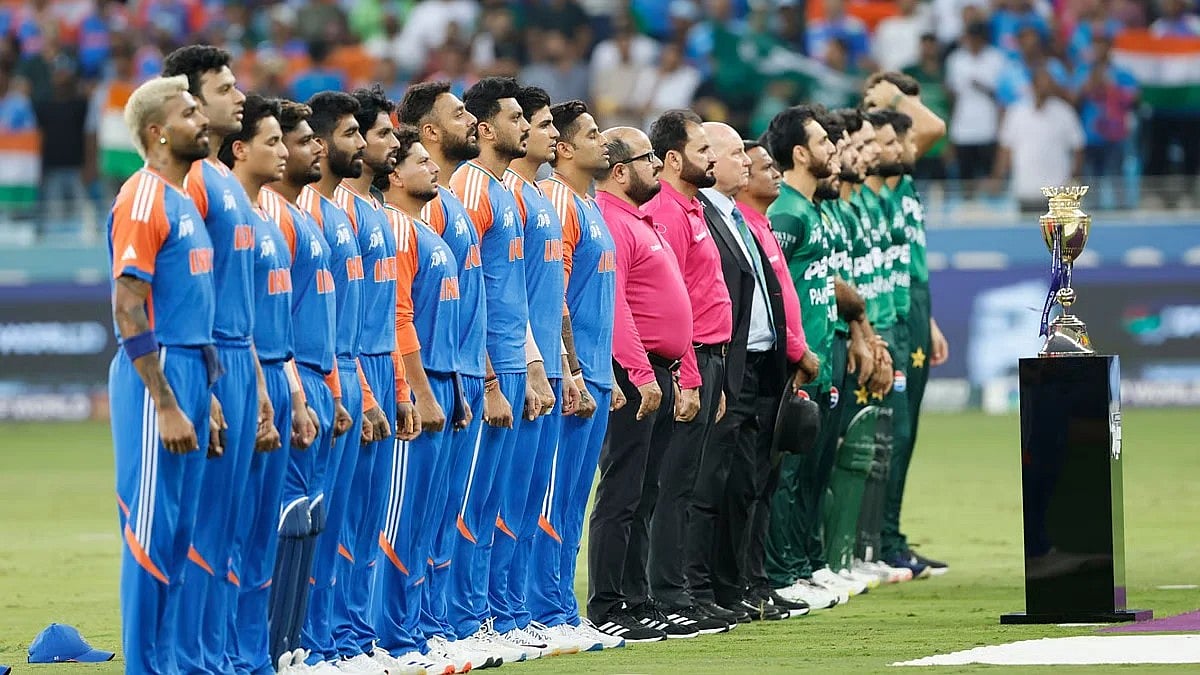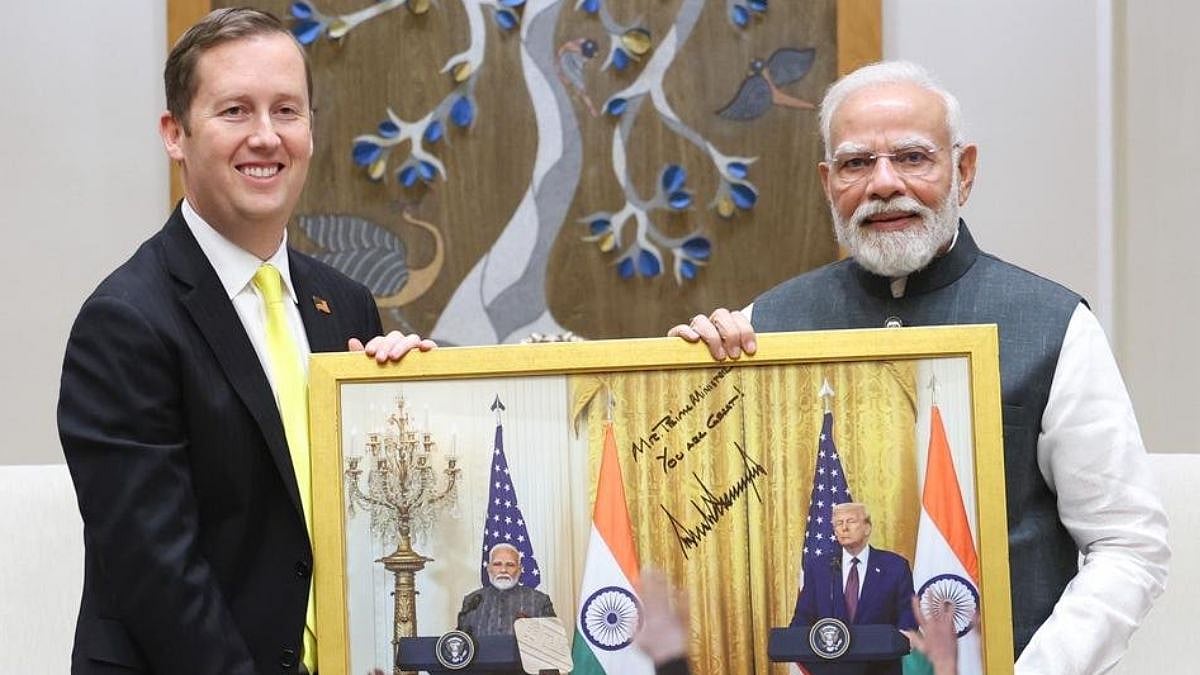The Mumbai Beautification Project is about a year old. When launched in September last year with a generous allocation of Rs 1,700 crore, the project was meant to be flagship work of the then new government headed by chief minister Eknath Shinde, breaking away from the Shiv Sena. Its stated purpose was to raise the aesthetic or visual appeal of the city but only the politically naïve would miss the real intention behind the project: to undertake cosmetic, sometimes needless but visible, work in every civic ward of Mumbai in time for the much-postponed elections to the Brihanmumbai Municipal Corporation (BMC). It was supposed to be completed by early this year but received an extension and an increment of Rs 320 crore in its kitty earlier this year.
So, in a city which is falling apart at its seams with creaking infrastructure, garbage at street corners, irregular water supply especially in informal settlements, inadequate public healthcare and declining quality of primary education in public schools, and possibly the worst roads for an international metropolis, the BMC embarked on a project to make Mumbai look more aesthetic. It takes a special kind of politician-administrator to spend nearly Rs 2,000 crore on raising the visual appeal of a city that badly needs an upgrade in its core infrastructure. There’s Kafkaesque irony in this, somewhat like the German concentration camp gates sardonically declared ‘Arbeit macht frei’ or ‘Work sets you free’.
A few roads now have different, not necessarily better, lighting; road dividers have been made spiffier and painted anew; trees along certain roads have been fitted with multi-colour lights to make the stretch resemble a cheap discotheque; some traffic islands have new trees and spanking new sculptures that are an eyesore; a few pavements have been redone but without thought to the traffic flow in the area; walls along some roads have been painted but without a thought to the messages or content. You get the drift? It’s the classic lipstick-on-a-pig approach. By the BMC’s admission, at least 960 projects have been completed. Each ward has been allocated a certain number of projects and funds for them.
The ‘beautification’ is unlikely to change the quality of basic civic infrastructure in Mumbai — which is what matters to most Mumbaikars. Many of these ‘beautified’ places were ruined or suffe0ed damage in the monsoon during July — a staggering 1,550 mm through the month which made it the wettest July ever. The question that arises is why was this ‘beautification’ undertaken and heavily advertised? There is no known account yet of how many crores have been spent on advertising this project across the mainstream media, especially local languages media, and outdoor publicity given the ubiquitousness of the advertisements, but it is likely to be a few hundred crores.
What this vacuous project has done is create a channel of funding in a context which should bother all of us in Mumbai: work allocation to contractors, some of them controversial and pulled up for irregularities in previous work they did for the BMC, strewn with serious allegations of cartelisation and surprisingly low bidding, and the use of funds from the civic body’s Contingency Fund. The project, then, is less about Mumbai’s ‘beautification’ and more about channelling funds cleverly to prepare for the next civic elections — now overdue by more than 18 months.
When a few Opposition leaders made unpleasant noises about the rather large budget for cosmetics, the BMC and the government helpfully stated that many places across the city such as skywalks, roads and beaches were poorly lit which would be taken care of during the Mumbai Beautification Project. And, for good measure, also spoke about how the project would include upgrading and modernising public toilets as well as install new sewage treatment plants and undertake concretisation of roads and so on. But are these not infrastructure or capital work projects for which funds would — should — have been allocated in the BMC’s annual budgets 2022-23 and 2023-24? Why a separate allocation and tagged as ‘beautification’?
This is not all. There are at least two other projects that should make Mumbaikars sit up and ask the tough questions about how exactly their taxes are being allocated and used. One is the pothole repair project which has been funded, in bits and pieces, now and then, all of it adding up to nearly Rs 2,000 crore. This allocation is over and above the annual allocation of nearly Rs 6,800 crore for roads and bridges in the annual budget for 2023-24 and an additional Rs 4,613 crore for just two roads, the Coastal Road and the Goregoan-Mulund Link Road.
Where have the thousands of crores on pothole repair gone when Mumbai is still struggling to negotiate the potholes on most of its roads? Spare a minute, if you have come this far, to know the break-up. Each of the city’s 24 wards were given Rs 2 crore to spend on repairing potholes; additionally, tenders were issued for Rs 40 crore for the reactive asphalt method and Rs 81 crore for using the Rapid Hardening Concrete method. However, both these failed miserably and the BMC issued fresh tenders for pothole repairs in July for Rs 36 crore. Do the math. How can the BMC spend Rs 2,005 crore on pothole repair and still not resolve the problem forcing us to use potholed roads every day?
Then, there is the curious case of the eye-popping cost escalation in the planned Versova to Dahisar stretch of the Coastal Road — from Rs 9,980 crore in the budget to Rs 16,620 crore announced earlier this month. This is an astounding 66% escalation in one project in a matter of few months. How is this explained? Well, neither the BMC nor the state government has thought it fit to offer a convincing explanation for such an exorbitant rise in the project cost in only a matter of months.
Where is all the money going? Why isn’t there a bigger noise about these allocations and expenditures? Are Mumbaikars aware and holding their silence on such an important part of the city’s functioning — taxpayers’ money, even the civic Contingency Fund, being used rather indiscriminately — or unaware and unbothered by it all? Clearly, the BMCand the state government have been emboldened because they do not have to worry about the general body or elected representatives. This is not to suggest that elected corporators are all above-board, at least on the financial aspects, but there was some hope of checks-and-balances at work with the civic administration.
If you live in Mumbai, are reading this column, and are bothered by the BMC-government’s indiscriminate spending in the last year, consider complaining to the vigilance committee in your ward, which is supposed to have been put in place.
Smruti Koppikar, journalist and urban chronicler, writes extensively on cities, development, gender, and the media. She is the Founder Editor of ‘Question of Cities’.












